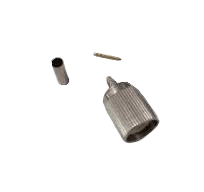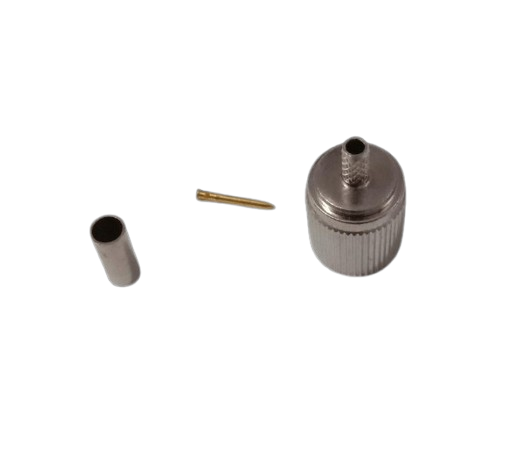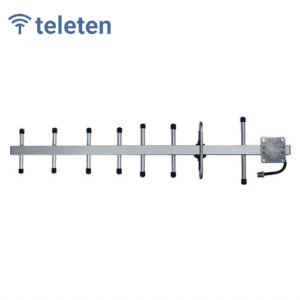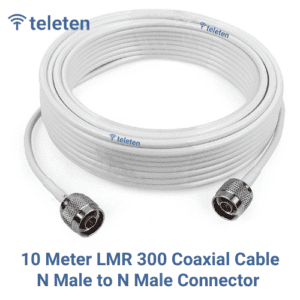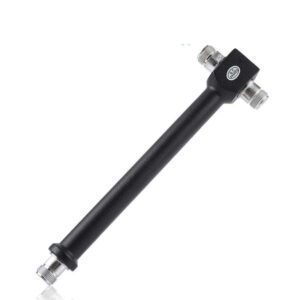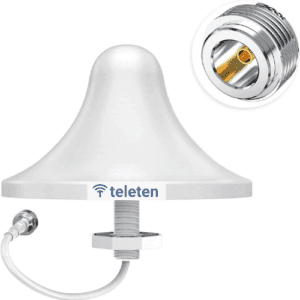- Connector Type:
- LMR-100: Designed for coaxial cables with a specific diameter and construction, ensuring compatibility with LMR-100 cables.
- Cable Compatibility:
- LMR-100 Coaxial Cable: This type of cable is used for RF applications and has a characteristic impedance of 50 ohms. The connector is designed to match this impedance and ensure efficient signal transmission.
- Crimping Method:
- Crimp: The connector is attached by crimping, which involves using a crimping tool to secure the connector onto the cable’s central conductor and shield. This provides a solid and reliable connection.
- Material:
- Body: Typically made from durable metals such as brass, with nickel or gold plating to enhance durability and conductivity.
- Contacts: Made from high-quality conductive materials to ensure low signal loss and reliable performance.
- Impedance:
- 50 Ohms: Designed to match the impedance of LMR-100 coaxial cables, ensuring minimal signal loss and proper signal transfer.
- Dimensions:
- Designed to fit LMR-100 coaxial cables precisely, with dimensions that ensure a secure fit and proper alignment.
- Usage:
- Applications: Commonly used in RF applications, including antennas, transmitters, receivers, and other communication systems where LMR-100 cables are employed.
- Common Uses: Connecting components in RF systems, ensuring efficient signal transmission with low loss.
- Installation:
- Tools Required: Crimping tool, cable stripper, and possibly a coaxial cable cutter.
- Procedure: Strip the insulation from the LMR-100 cable, insert the cable into the connector, and use a crimping tool to securely attach the connector to the cable.
Advantages
- Reliable Connection: The crimping method ensures a strong and stable connection, which is essential for maintaining signal integrity in RF applications.
- Ease of Installation: Crimp connectors are generally straightforward to install with the correct tools, making them practical for various RF applications.

